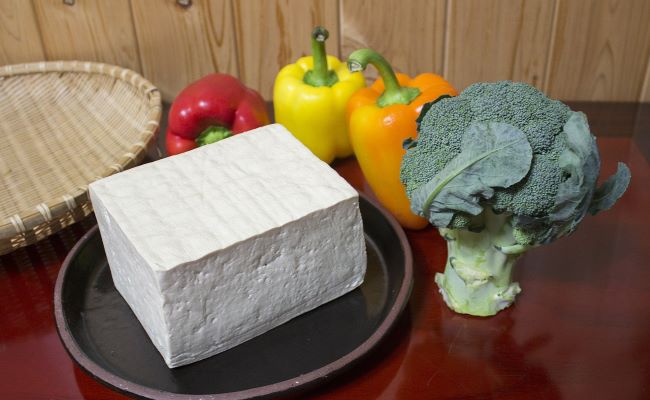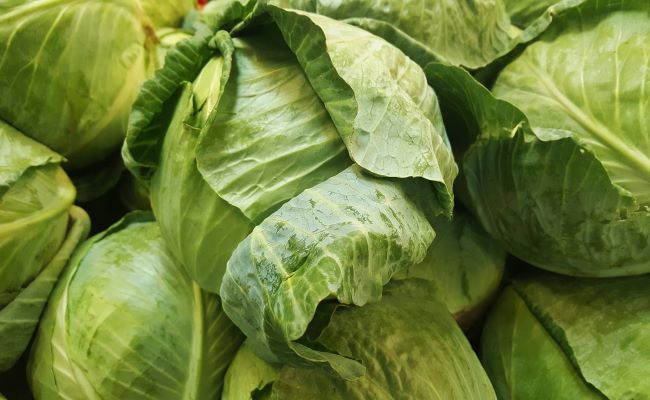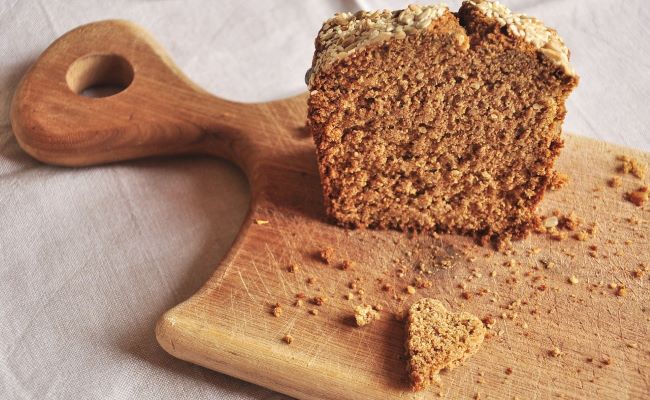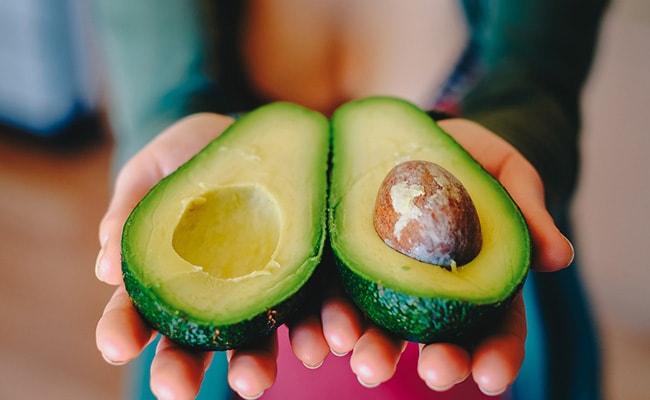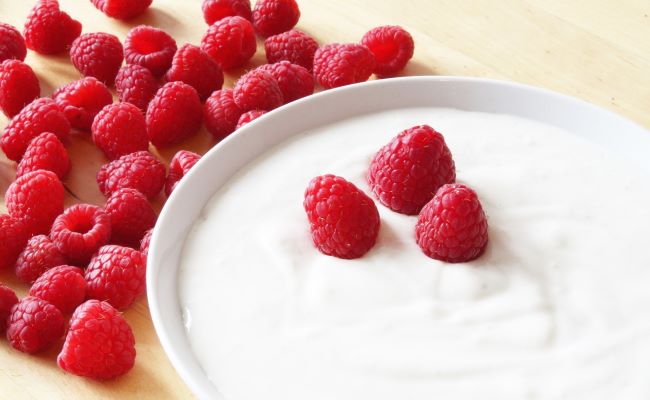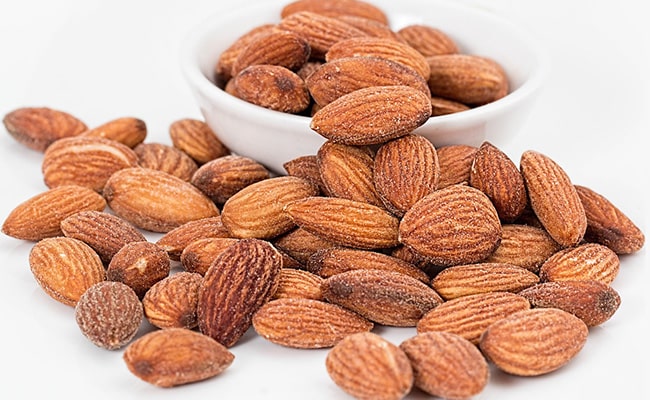When it comes to bone formation, there are a number of nutrients that work together to make sure your bones grow strong from birth and are maintained to adulthood. Even in old age, as your bones grow weaker given to the effect of low bone mass, these nutrients still go a long way to reduce the risk of breaks from a sudden bump or fall. One such nutrient is magnesium.
In addition to healthy bones, eating a healthy dose of magnesium ensures muscle and nerve function regulation. It is also good for the heart, relieves anxiety, and prevents chronic diseases like diabetes. Lack of magnesium can cause symptoms like fatigue, mental disorder, muscle weakness, high blood pressure, asthma, and so on.
Magnesium is probably one of the most underrated food nutrients there is since many people do not watch what they eat these days. If you eat right though, you have nothing to worry about. Talking about eating right, here are 10 foods that are super rich in magnesium.
1. Seafood
There are many other reasons why you should eat seafood aside from loading up on magnesium. They contain essential nutrients including vitamins and minerals, all of which work together to influence energy production, improve metabolism, increase concentration, and enhance beauty.
Eating seafood on a regular basis has been proven to relieve the symptoms of health conditions like Arthritis and other bone-related problems. This is due to its magnesium and omega-3 fatty acid content.
2. Tofu
Tofu (also known as curd) is simply coagulated soya milk. It is high in magnesium, as well as other nutrients like protein, carbs, sodium, potassium, and vitamins. You may want to know that tofu is low in cholesterol. As a matter of fact. Tofu can help reduce bad cholesterol in the body thereby promoting better health.
3. Green Leafy Vegetables
Green leafy vegetables are such a rich source of magnesium that every 10 grams of veggie contain more than 20 grams of magnesium. Taking a lot of greens every day is a sure way of getting a lot of magnesium and all the benefits that come with it.
Also, green leafy vegetables are great for improved digestion, better eyesight, balanced cholesterol level, glowing and younger looking skin.
4. Baked Beans
Have you noticed that the English love baked beans a lot? It is probably one of their traditional foods right from the days of old, and it has managed to remain a notable part of their meals until this day (which is a good thing). Eating baked beans loads your body with lots of magnesium and other food nutrients like protein, zinc, iron, fiber, and lots more.
Aside from magnesium, one vital nutrient contained in baked beans is folate. Not getting enough folate in the body can cause irritability, weakness, loss of appetite, fatigue, heart palpitations, etc.
5. Dark Chocolate
Dark chocolate is one of the richest sources of magnesium there is. It contains a whopping 228 mg of magnesium per 100 grams. You may not eat all 100 grams of chocolate at a time, but eating even as much as 50 grams will give you 114 mg of magnesium, and that’s still a lot.
Dark chocolate can improve blood flow, is a powerful source of antioxidant, can lower blood pressure, can reduce the risk of heart diseases, and can protect your skin from the sun.
6. Whole Wheat
A hundred grams of whole wheat contains close of 80 mg of magnesium, and that is really something compared to the expected average of 350 mg of magnesium intake per day. People who eat whole wheat (or whole grain) as part of a healthy diet have reduced the risk of some chronic diseases; especially chronic diseases that are associated with old age.
Other health benefits of eating whole wheat include lowering cholesterol level in the blood, lower blood pressure, help in weight control, and have a high glycemic index.
7. Quinoa
Quinoa is nutritious, high in fiber, perfect for people with gluten intolerance, high in protein, and particularly high in magnesium. It is one of the world’s most popular health foods, and it contains all 9 essential nutrients in healthy quantities.
If you’re trying to gain weight the healthy way (without starving yourself), then quinoa should be part of your diet plan. Why? Because it is perfect for people with gluten intolerance. More than one-third of the people in the US are trying to minimize or avoid gluten. Eating quinoa is a good way to do that while loading up on magnesium.
8. Avocado
Avocado is one of the sources of magnesium as well as many other nutrients. 100 grams of avocado contains about 29 mg of magnesium. This seems like a very negligible quantity, but not according to health recommendations which stated that the average recommended intake of magnesium per day is about 350 mg.
Avocado can help in fighting against type 2 diabetes, which is one of the benefits of eating magnesium-rich foods. You may be surprised to find out that avocados contain more potassium than bananas. So it’s definitely a go-to food for quick energy fill up.
9. Cultured Yogurt
There are different types of yogurt, and there are different processes employed in making them. Some yogurts, irrespective of what type they are, are heat treated in order to prolong their shelf-life. This heat treatment kills most of the starter cultures in them. Go for a more natural cultured yogurt for a quality supply of magnesium and other health benefits.
10. Nuts and Seeds
Nuts and seeds rarely make a complete meal; they are more like snacks. Integrating healthy and natural snacks into your diet comes with a number of health benefits. For one, they are particularly high in magnesium. They are also good sources of fiber, protein, and healthy fats. You can eat a lot of nuts and seeds every day, but that will only increase your weight by a very little measure despite its high-fat content.
Reduced high blood pressure, healthy cholesterol levels, and weight control are some of the benefits of eating nuts and seeds.
What is the Recommended Intake of Magnesium per Day?
Now that you understand how important it is to have magnesium in your meal, let’s then talk about how much of it you’re expected to have in your daily meals.
First of all, you need to know that how much magnesium you take depends on your age. According to the National Institutes of Health (NIH), the older you get, the more you’ll need magnesium. Also, pregnant and breastfeeding women are expected to take more magnesium than women who are not pregnant or breastfeeding.
Below is the recommended intake of magnesium for different age brackets and conditions.
- From 1 to 3 years of age: 80 mg a day
- From 4 to 8 years: 130 mg a day
- From 9 to 13 years: 240 mg a day
From 14 years, the requirements are different for men and women.
- Males aged 14 to 18 years: 410 mg a day
- Females aged 14 to 18 years: 360 mg a day
- Males aged 19 years and over: 400 to 420 mg a day
- Females aged 19 years and over: 310 to 320 mg a day
- During pregnancy: 350 to 400 mg a day
- During breastfeeding: 310 to 360 mg a day
So, that’s basically it. There are many other healthy foods that are rich in magnesium, but these are some of the most common and richest sources. They will help to boost your energy, build a healthy immune system, and keep you generally healthy.


